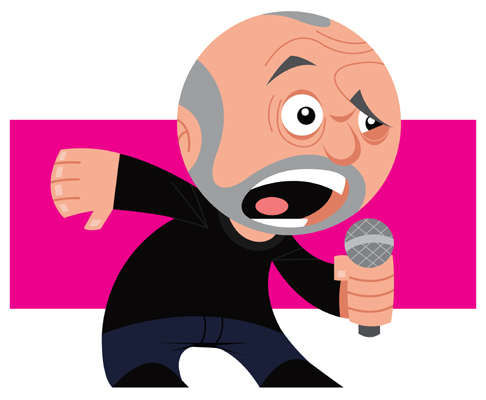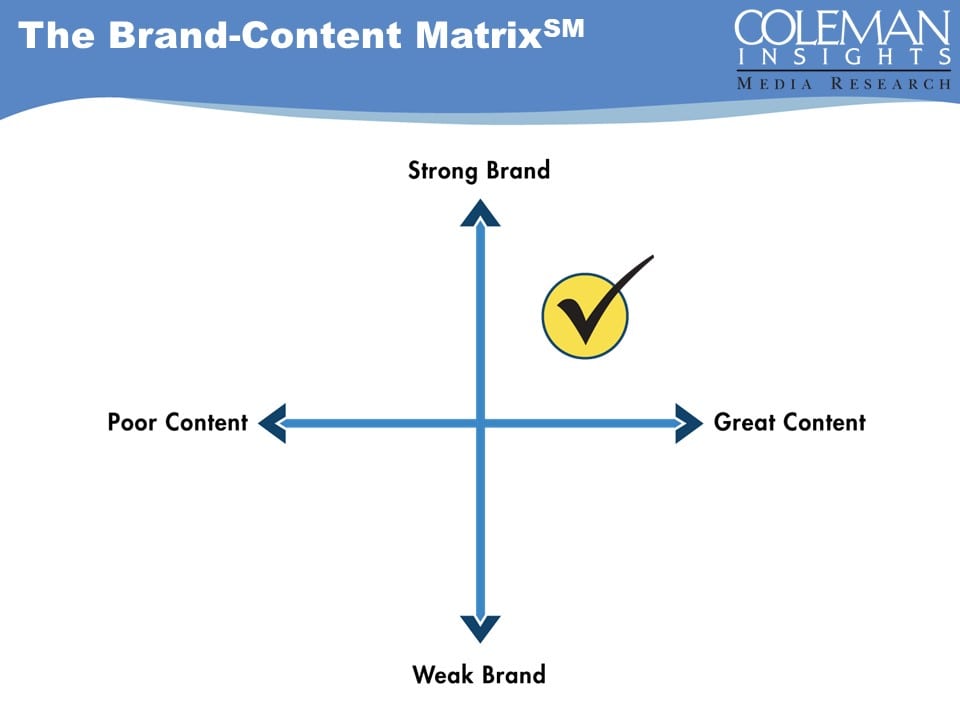
You may have seen or heard about the new Judd Apatow documentary, George Carlin’s American Dream, now playing on HBO. It is a celebration of the late comedian’s life and career (hard to believe he passed away 14 years ago), and features interviews from fellow comedians including Jerry Seinfeld, Chris Rock, Stephen Colbert, and Jon Stewart. Of all the things we learn about Carlin, one thing sticks with me—his immense dedication to preparation. The lessons for personalities, from radio morning hosts to podcasters, are clear.

When I started in radio, the idea of researching morning shows was not well-received. It was seen as researching art, and therefore subjective and difficult to measure. Over time, we discovered we could identify components of shows that resonated more than others, and which personalities formed deep bonds with their listeners. Through that process, we learned that the greatest, most successful shows prepare. A lot.
If you watch George Carlin perform, on a basic level, he can appear pretty loopy. His act could give the impression that he was out of control, a free form artist ranting and raving about issues on his mind. But the reality was, George Carlin was extremely practiced and precise. So precise, in fact, other comedians refer to his comedic method as scientific and groundbreaking.
Watch at 6:24 when Jon Stewart explains, “It’s so often when you’re in a creative pursuit that you think, infrastructure or setting up a system is the antithesis of comedy or inspiration or creativity. And the lesson from him (Carlin) is like, actually it’s the opposite.”
The root of Carlin’s system has a home at the National Comedy Center in Jamestown, New York, donated by his daughter Kelly after he died. It’s a filing system that includes paper scraps with words and phrases sorted by category. As Carlin estate archivist Logan Heftel explains, “That’s how he built this collection of independent ideas that he was able to cross-reference and start to build larger routines from.” He eventually shifted the ideas to a computer, but the process remained the same.
Carlin was asked in an interview about a routine called “A List Of People I Can Do Without.” The interviewer wondered, how many jokes did he have to write to come up with 25? Carlin responded that it was 40 or 50, and the 25 that did end up making it got reworked and reworked, getting better and better.
Carlin’s process has rubbed off on countless comedians over the years, including Jerry Seinfeld. In “How To Write A Joke,” Seinfeld describes the long and arduous process of perfecting one simple joke about a Pop Tart.
The lesson? It’s not that simple.
Radio talent coach Steve Reynolds works with talent every day and sees their processes firsthand. To him, the correlation of preparation to results is completely obvious.
“There was a day when we in morning radio could wing it. I’d never recommend that to a show today. When coupled with everyone’s need for immediate gratification, listeners bail at the slightest sense that a show has no idea where it’s going. And trust me, they can tell. I’m watching lots of Carlin on YouTube, and two things stand out about his comedy and this amazing HBO special. First, George Carlin evolved as a performer. As he grew as a talent, his comedic voice became more genuine. In the iconic version of Carlin we all remember, he tackled big topics and shared his very genuine take on them, thus his comedy was much more authentic. The other thing that stands out to me is his immense prep. He was a student of the craft, working endlessly as is evidenced by those notes you see in the special. Every word of every routine is carefully picked. For us in radio, we must first choose the right topics. Then have a true understanding of our take. Then decide where we want to take the audience. Doing four hours of original radio each day (maybe 16-20 content breaks), there’s just no way you can pull that off without planning.”
These lessons and examples should resonate with all entertainers, not just comedians. If show preparation is sitting around and randomly throwing out ideas, the show will feel random. If the approach is like a scientific method like Carlin’s or Stewart’s or Seinfeld’s, it has a much higher chance of success.


